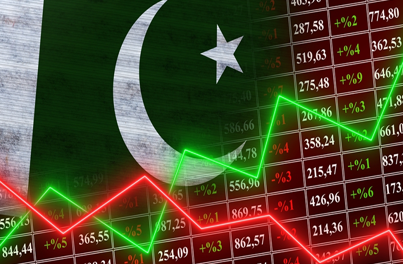آئی این پی ویلتھ پی کے
Qudsia Bano
While the official data points to a sharp decline in Pakistan’s inflation rate, experts raise concerns that the so-called disinflation is failing to reflect the lived reality of millions of citizens still grappling with economic hardship, reports WealthPK.

Inflation has dropped dramatically over the past year, with the Consumer Price Index (CPI) now hovering at levels not seen in decades. The policymakers tout it as a sign of economic stabilisation, crediting tighter monetary policy and improved exchange rate stability. However, beneath these figures lies a troubling disconnect between macroeconomic indicators and everyday affordability.
“Disinflation is not deflation, but the prices are still rising, just at a slower pace,” explained Asim Mustafa, Regional Head at Faysal Bank, while talking with WealthPK. “For the average household, the cost of living remains significantly higher than their income growth. Essentials like food, rent, and transport still consume a disproportionate share of monthly earnings.
The easing inflation rate is more of a statistical relief than a financial one.” The banking sector, he added, has seen limited improvement in consumer confidence or credit activity. “Most middle- and low-income families are still unable to increase savings or spending, and that’s a sign that the real purchasing power hasn’t bounced back,” Mustafa said.
Economists warn that a narrow focus on inflation figures can obscure the underlying structural challenges. Dr. Hameed Qureshi, a former economist at the Sustainable Development Policy Institute (SDPI), noted that disinflation is often interpreted as progress, but in Pakistan’s case, it may be misleading. “What we’re seeing is not the result of broad-based growth or increased productivity,” Qureshi said.
“Rather, it’s a symptom of suppressed demand, high interest rates, and reduced consumer activity. In some cases, slowing inflation reflects economic stagnation, not recovery.” He further warned that fiscal tightening and cuts in the public sector subsidies, implemented under the international lending programmes, have constrained household budgets and limited social safety nets.
“The burden of adjustment has largely fallen on the poor and the working classes, who are already struggling to make ends meet,” Qureshi said. As policymakers celebrate declining inflation, the public continues to bear the brunt of past inflation shocks. Until wages catch up and social protections are strengthened, the disinflation narrative may offer little comfort to those living on the edge.
Credit: INP-WealthPk












